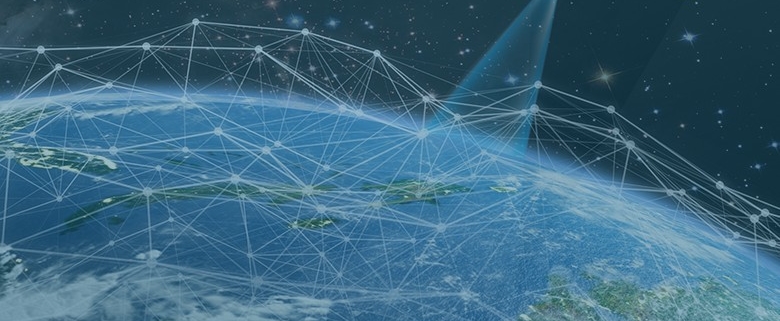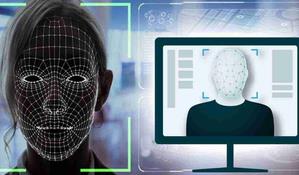Cybersecurity Threats in Global Satellite Internet
By Gizem Yılmaz, Master Expert Data Analyst, Turkcell Technology
Internet via satellite was first used for military purposes in the 1960s and became available for wide-scale commercial use in the 1990s. Current satellite internet systems typically use low-orbit satellites and provide data transmission at low speeds due to limited bandwidth. Starlink, on the other hand, is a project developed by Elon Musk’s SpaceX company and aims to provide a faster, more reliable and more comprehensive internet experience with low latency and high bandwidth through a high number of low orbit satellites.
The surge in satellite internet usage has opened up a new frontier for cybersecurity threats, ranging from sophisticated hacking attempts to disruptive denial-of-service attacks.
[1] Last year, a security researcher at KU Leuven, Lennert Wouters, unveiled potential vulnerabilities in Starlink satellites, revealing that hackers could exploit hardware weaknesses in ground-based terminals. At the Blackhat Security Conference, Wouters demonstrated the feasibility of a low-cost mod chip, priced at around $25, to execute a “fault injection attack,” bypassing Starlink’s security measures and gaining unauthorized access to its systems. Recently, the Ukrainian Security Service (SBU) issued a warning about a new malware, “Malware 4. STL,” which utilizes a person’s mobile device to remotely gather data on Starlink systems, representing a distinctive threat compared to previous concerns about direct hacking or system disruption.
Hacking Satellites: Vulnerabilities and Risks:
As satellites play a pivotal role in global communication, they become attractive targets for malicious actors seeking to compromise sensitive data or gain unauthorized access. The vulnerabilities in satellite systems can manifest in various ways, from exploiting software vulnerabilities in ground control systems to physically tampering with the satellite hardware. Potential risks associated with satellite hacking include unauthorized access to sensitive data, manipulation of satellite functions, and disruption of communication services. Attackers may exploit vulnerabilities in satellite systems, ranging from software…


